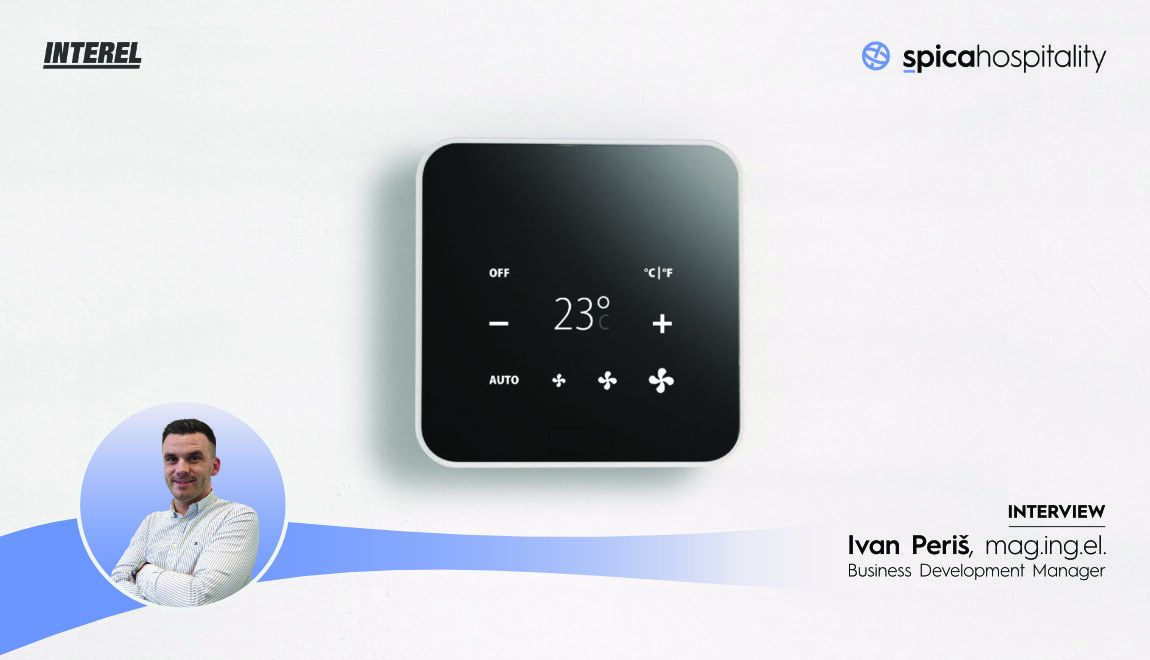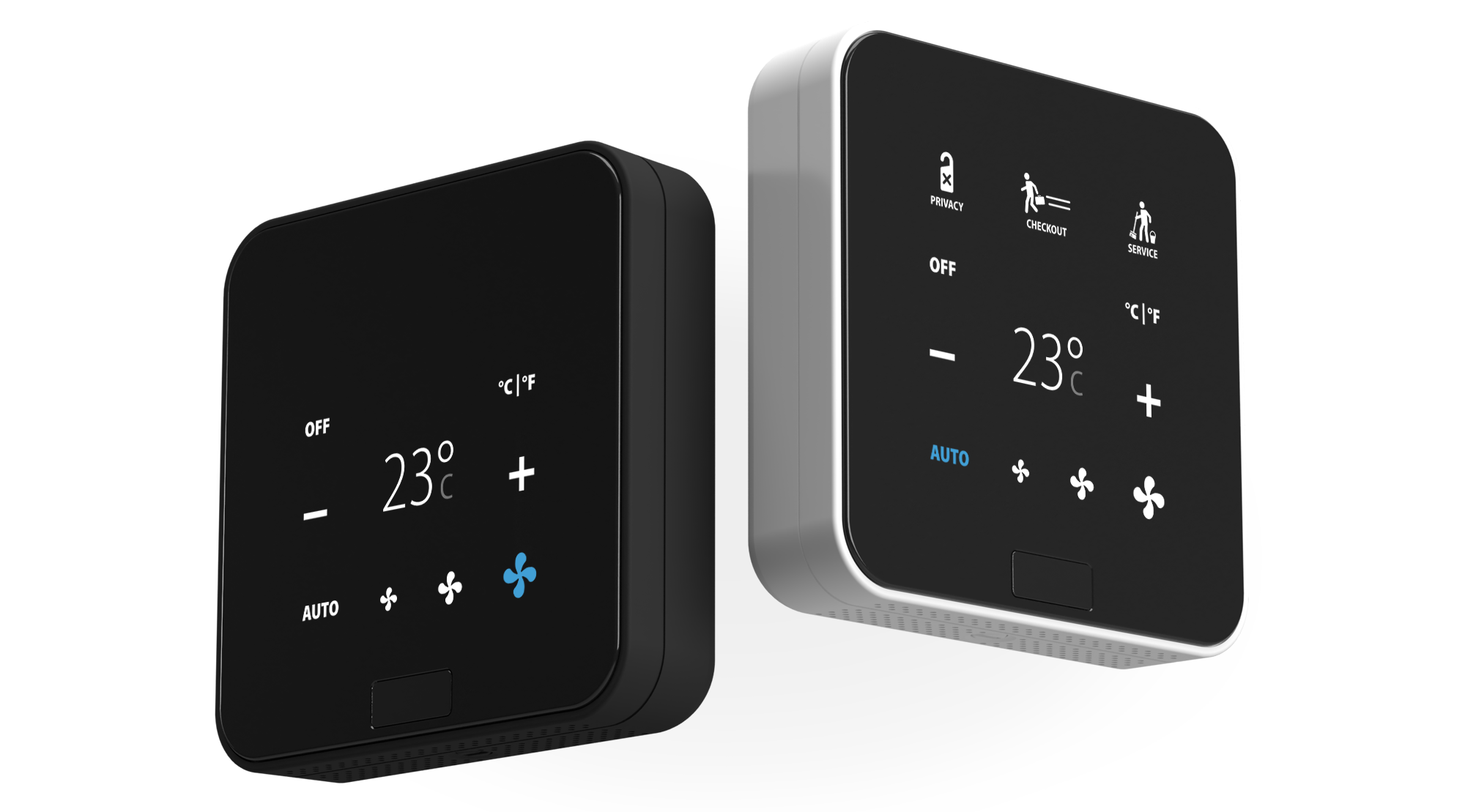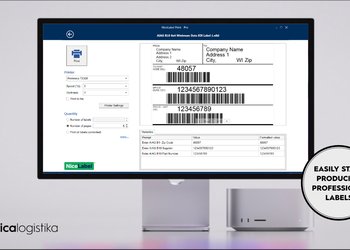All you need to know about EOS, thermostat which increases savings, improves business processes and is aesthetically appealing

EOS is the most integrated IoT thermostat for smart buildings. Characteristics? 2x BLE, 2x ZigBee, 2x Thread, 2x 802.15.4, 1x WiFi. Let's clarify it.
EOS is a not-just-another thermostat. It is an innovative solution including a cloud-based energy management system, IoT hub (controller; Internet of Things) and environmental fusion sensor, all in one device. It is controlled via WiFi and what the most important is, it reduces the required hardware components and project costs and proves to be efficient in retrofit environments.
Ivan Periš, Business Development Manager at Špica Group is answering to FAQs. If we haven't covered something you are interested in, contact us here.
1. You were mentioning simple retrofitting without the need for walls demolition? What does that exactly mean?
Installation process consists of only 3 steps. First, the old thermostat is taken off, then EOS is mounted and finally configuration is set via mobile app. Altogether, less than an hour of work.
2. EOS is a WiFi solution. How will it affect the quality and the speed of guests' WiFi connection?
Dana throughput of the EOS device is so low that it practically has no influence on the quality of the WiFi connection. What is more, EOS can monitor quality of the WiFi and it can be used to alarm hotel staff in case of slow connection in the room. Don't worry, the connection won't be slowed down.
3. But what if EOS can't connect to WiFi or the connection fails? Does it stop working then?
In case of WiFi connection failure, practically everything remains the same and guests won't notice any change. Room will continue with normal operation. The connection with software such as PMS will be lost and no dana will be exchanged, but the system stores the settings and continues to function properly.
4. How does the device detect presence of the guests in the room?
Presence of the guests is detected with a combination of several sensors and optional integrations. For example, the device is tracking the room occupancy based on the signal from electronic lock on the front door. Once the signal from the lock arrives, EOS knows it is now time to scan the room for guest presence. In this way, it is ensured that guests can go to the balcony or sleep in the bed and the system will still 'understand' guests are present within the room.
5. Can the thermostat be controlled via mobile app?
API supports remote control of all basic and most of the advanced functions. More options from different manufacturers and partners will be developed.

6. Besides HVAC, what else can be controlled with this simple and affordable solution?
Based on existing installations there could be an option to control the lighting based on the guest presence. Also, different wired or wireless sensors can be connected, such as wireless widow monitoring sensor.
7. How can I know if my HVAC is compatible with EOS?
EOS is compatible with most of the standard HVAC systems, but to be sure we need more details from your side. Contact us here.
8. What does the control look like for the user? Is the interaction between the guest and the device complicated?
Well, interaction is quite simple. When you approach the device, central OLED screen turns on and you can check the actual value of the temperature. If you come closer to the device, all the other icons light up as well and you can choose what to control by simply touching the screen. There are no menus and submenus, what you see is what you get. Simple and practical.
9. How does the Internet of Things fit into the functionalities of this device?
EOS is operating as a gateway for other devices and systems within the room. What does that mean? For example, you can use its wireless protocol radios to communicate with electronic locks and bring them online. The same goes for many other solutions which clients would be interested in implementing, and the list is getting longer.
Do you have any other question? Are you interested in the device and would like to get savings approximation? For smart solutions contact us here.



